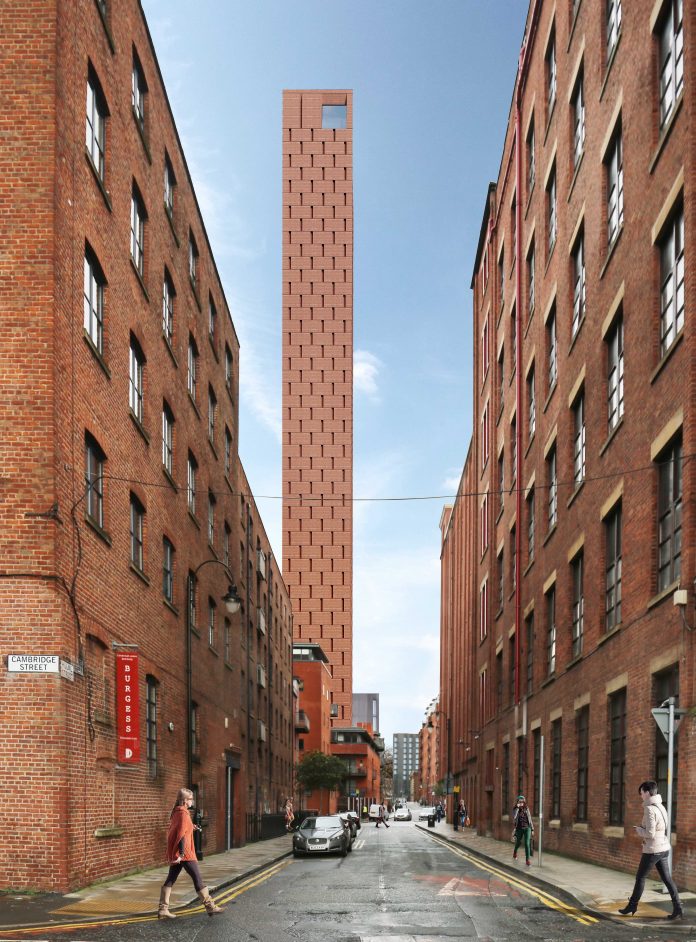“Its proximity to the local universities, transport hubs and the city core makes the site location ideal for an emerging student development, combined with an ambitious vision to design high quality student living where students would want to live.
“The provision of SME incubation space also offers opportunities for small businesses to have an affordable workspace.”
Ed Britton, Assistant Director of Deloitte Real Estate and the planning consultant for the project said: “The Hulme Street project will directly meet the need to improve and increase Manchester’s range of student accommodation by providing high quality purpose built accommodation, which will help encourage students to get out of city centre apartments.
“The SME incubator space will help nurture growing businesses and supports the strategic growth objectives of the City and Oxford Road Corridor. The scheme demonstrates exceptional design quality and will make a positive contribution to the emerging Oxford Road cluster and Manchester’s skyline.”
Related: How high-rise buildings control the wind
In recent years, Manchester has seen more and more high-rise buildings punctuate the city’s skyline. From office buildings to residential flats, tall buildings are starting to dominate in the city’s center.
With that in mind, it is important to understand the thinking behind the design and construction of a tall building.
Video credit: Courtesy of www.theb1m.com – Fred Mills
Wind has always been on the forefront of architects and designers minds as an issue to take note of when construction buildings that quite literally, tower over the cities that they populate.
In order to stand tall against blistering winds when meters high, tall buildings are built with a degree of flexibility in order to take on wind loads which carry powerful gusts at the top of the building.














